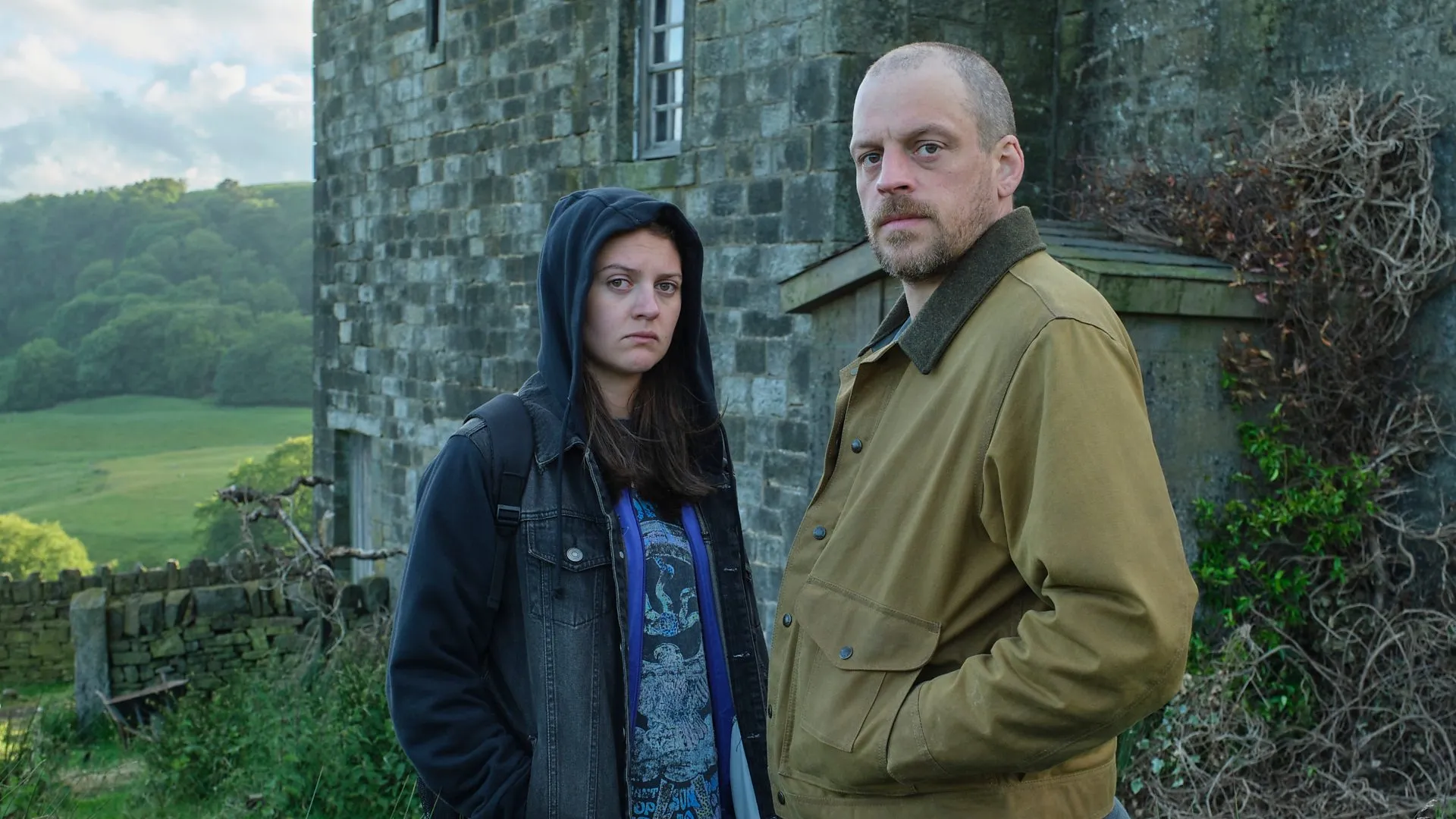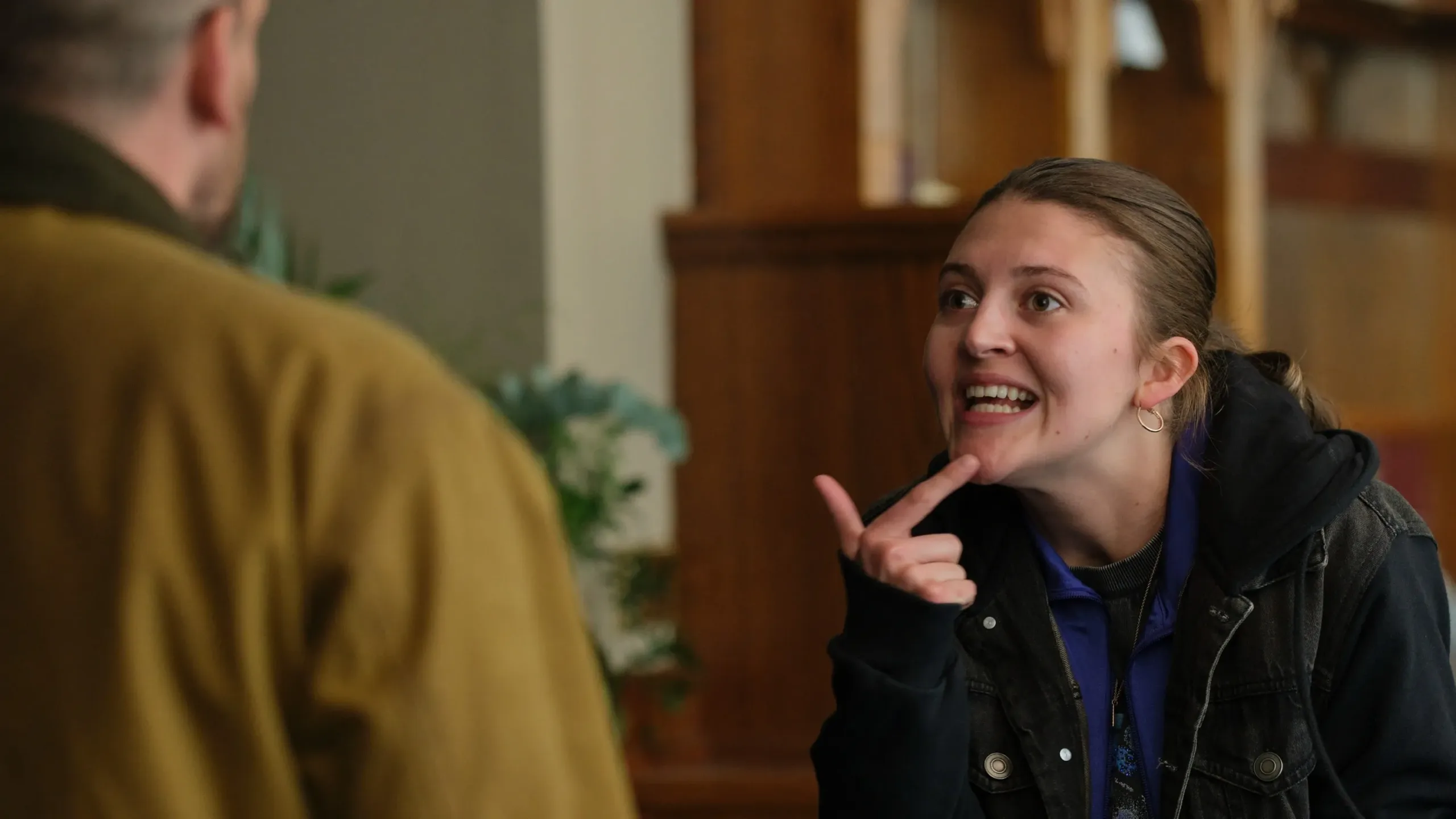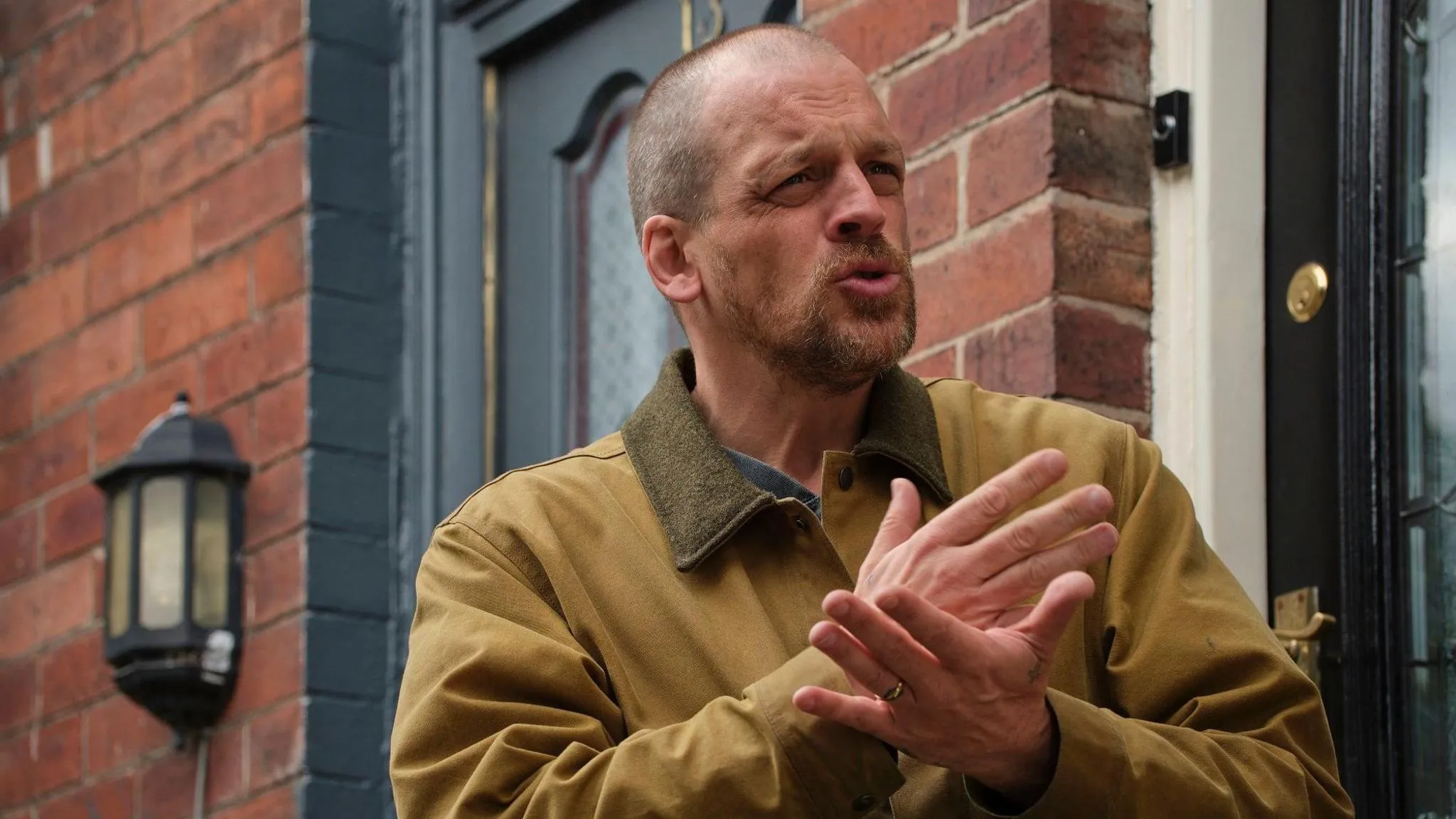Daniel Brennan emerges as the central figure in a narrative that introduces a deaf man returning to society after a lengthy period behind bars for taking a childhood friend’s life. The story unfolds in a setting that shifts between everyday environments designed for hearing individuals and the authentic experiences found within the Deaf community. Here, reentry into a conventional world creates an undercurrent of tension and estrangement, particularly as personal and systemic oversights collide with the character’s efforts to rebuild familial connections.
The series offers a layered storytelling experience that intertwines suspenseful elements with moments of poignant emotional truth. A bilingual presentation using British Sign Language alongside spoken English places language at the forefront, granting viewers a firsthand perspective on the challenges and rewards of alternative communication. This format casts language as a vital character, enriching scenes with an experiential quality that encourages audiences to recognize the silent struggles faced by those who communicate differently.
In its portrayal of retribution and personal isolation, the show examines modern concepts of identity and conflict. Its focus on communication challenges reflects ongoing social discussions, prompting viewers to reconsider the dynamics of inclusion and accessibility in everyday life.
Unraveling the Narrative: Plot, Story Arcs and Societal Impact
Daniel Brennan’s return into a world that has grown unfamiliar during his decade behind bars for a shocking crime sets the stage for an intricate narrative. His release signals a collision of past and present, where old wounds are rekindled and unresolved grievances spill into every corner of his existence.
The series introduces his entry back into a society that simultaneously rejects and misinterprets him, presenting complications that ripple out from a personal tragedy into larger questions about accountability and institutional oversight.
The gathering at the school reunion serves as a linchpin in the narrative. This event, charged with personal history, functions as the moment when secrets that have haunted Brennan emerge from the shadows. Here, the narrative interrogates hidden motives and long-held resentments that spur his quest for retribution, while exposing deficiencies in the systems designed to protect and understand him.
Within this framework, the effort to restore bonds with his estranged daughter, Carly, becomes a telling subplot. Their strained relationship reflects the disruption in family life that occurs when past actions irreparably alter individual destinies. The storyline concerning retribution, fueled by personal vendettas as well as a critique of systemic failures, generates a pattern of interconnected conflicts that resonate with current social concerns.
Fragmentary flashbacks are employed with precision, each glimpse of a troubled past methodically contributing to the gradual revelation of suppressed memories and unsaid truths. Simultaneously, the series juxtaposes intimate moments of isolation against the external demands of pursuing a skewed sense of justice.
The pacing is managed with care, alternating between brisk, tension-filled scenes and quieter sequences that offer space for characters to confront internal turmoil. This careful arrangement of narrative threads keeps the focus on individual struggles while addressing issues that spill over into a wider, socially reflective canvas.
Characters & Performances
Daniel Brennan stands as a figure marked by a hardened exterior that conceals a storm of remorse and a quiet spark of possibility. Shaped by the harsh realities of a long prison term and the challenges of living as a Deaf individual in a predominantly hearing society, he exhibits a mix of reserve and furtive vulnerability.
His measured demeanor hints at a man burdened with unspoken memories and internal conflicts, suggesting that his silence conceals an ongoing debate between the weight of past actions and an emerging wish for personal change as he works to rebuild the connection with his daughter, Carly.
Carly’s portrayal captures a transformation that oscillates between emotional distance and an earnest, cautious openness. Her path from feelings of abandonment to a desire for reconciliation reflects the series’ focus on how personal pain and unresolved history can influence familial bonds.
In parallel, Christine, cast as a grieving widow, delivers a performance layered with sorrow and confusion; her struggle to understand the circumstances surrounding her husband’s death highlights the personal cost of loss and the quiet search for truth.
Miri’s character, experiencing the ripples of trauma within her familial circle, adds a dimension that underscores the lasting effects of personal tragedy on interconnected lives. Meanwhile, Stephen’s performance injects a measure of ambiguity, his actions and motivations prompting viewers to question the sincerity behind his calm exterior.
The production benefits from a casting approach that prioritizes authenticity by selecting Deaf actors for central roles. On-screen expressions, subtle gestures, and moments of silent communication replace lengthy dialogue, conveying depth and emotion in ways words cannot capture. The dynamic exchanges among the characters underscore personal isolation and shifting societal roles, highlighting a shift in how stories of personal and cultural identity are told on modern streaming platforms.
Thematic Depth and Representation
The series presents a thoughtful investigation into Deaf culture through its use of British Sign Language alongside spoken English. Its bilingual format ensures that the distinctive nuances of sign language remain visible and respected, with on-screen subtitles that capture the subtleties typically lost in translation. This approach gives the audience a closer view of the Deaf community portrayed not as background elements but as characters endowed with their own traditions, challenges, and strengths.
Scenes highlighting difficulties with sign language interpretation capture the intricate nature of communication barriers. One memorable moment involves a routine meeting disrupted by the absence of a sign language interpreter; this incident raises important issues about public services and the gaps that persist within systems meant to support every individual. Such portrayals call attention to persistent oversights in how public institutions approach accessibility, inviting viewers to question established practices that overlook those outside mainstream communication norms.
The narrative also uses the pursuit of retribution to contrast the harsh impulse for retribution with softer moments of family reconnection. By focusing on the struggle to mend ties between Daniel and his daughter, Carly, the show presents an interesting balance between deep-seated anger and the possibility for healing. This tension is evident as characters confront long-held grudges while attempting to restore relationships shattered by the past.
Characters who experience marginalization remind the audience of the isolation that can result when society fails to include every voice. The portrayal of a man estranged from both the hearing and Deaf worlds provides a mirror to current social realities, reflecting challenges familiar across many communities.
At the same time, the series acknowledges the perseverance of those who must cope with systemic neglect, presenting moments that are both reflective and thought-provoking, and inviting a closer examination of how contemporary television recasts familiar narratives.
Emotional Impact & Family Dynamics
Daniel Brennan’s effort to reconnect with his daughter Carly creates a space where personal scars and longstanding family issues come sharply into focus. Their bond forms the emotional center of the series, with each shared gesture in sign language and every spoken word setting the stage for healing moments amid years of absence and silence. The communication between them, stripped of unnecessary embellishments, transforms fleeting looks and subtle signals into acts of personal restoration.
Within the family unit, the weight of past tragedies is palpable. Characters carry the burdens of profound loss and pent-up remorse, which surface in poignant exchanges and quiet, tension-filled confrontations. The narrative captures these raw moments as individuals face the lingering effects of guilt and the pain of unhealed wounds. At a pivotal reunion event, long-standing resentments collide with the possibility of reconnection, giving way to brief yet meaningful instances of empathy and understanding.
Family, serving as both a source of friction and a bedrock for healing, challenges the viewer to reconsider the influence of shared history on personal development. The series uses these intimate moments to illustrate how silence, distance, and unspoken sorrow can gradually transform into a deliberate process of rebuilding trust and mending deep emotional rifts.
The Review
Reunion Season 1
Reunion reinvents genre storytelling with a refined focus on authentic Deaf experiences and layered character dynamics. Its narrative deftly navigates personal isolation and the tensions of cultural misunderstanding while delivering moments that spark deeper reflection on accessibility and inclusion. The dedicated cast amplifies each subtle interaction, making every scene resonate on multiple levels. A refreshing addition to modern streaming, the series offers a thoughtful perspective on societal challenges.
PROS
- Strong emphasis on authentic Deaf culture and bilingual presentation
- Nuanced character portrayals and expressive performances
- Thoughtful exploration of social issues and systemic shortcomings
- Emotional depth in family dynamics and personal struggles
- A fresh narrative approach that challenges traditional storytelling
CONS
- Pacing may appear uneven for viewers expecting conventional thrills
- Some narrative elements remain less fully developed
- The blending of genres might not suit everyone’s taste
- Occasional complexity in themes could alienate a casual audience



















































